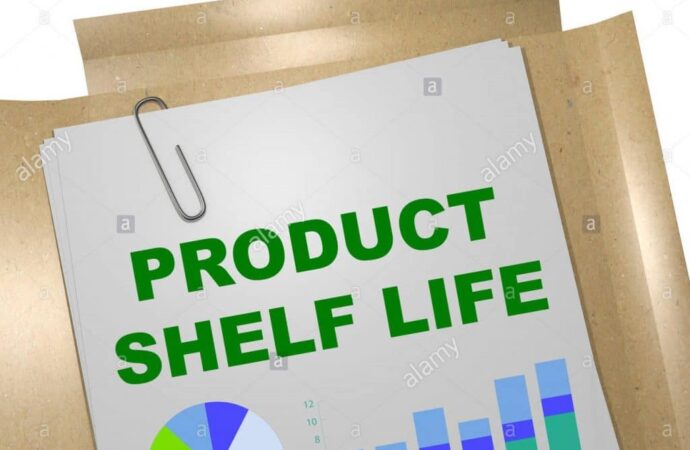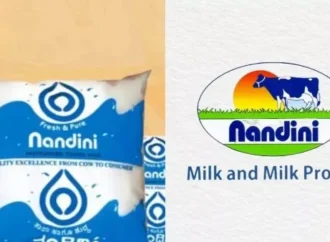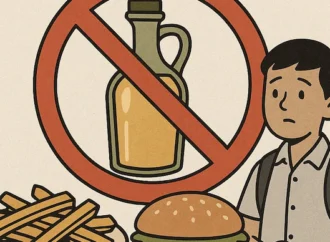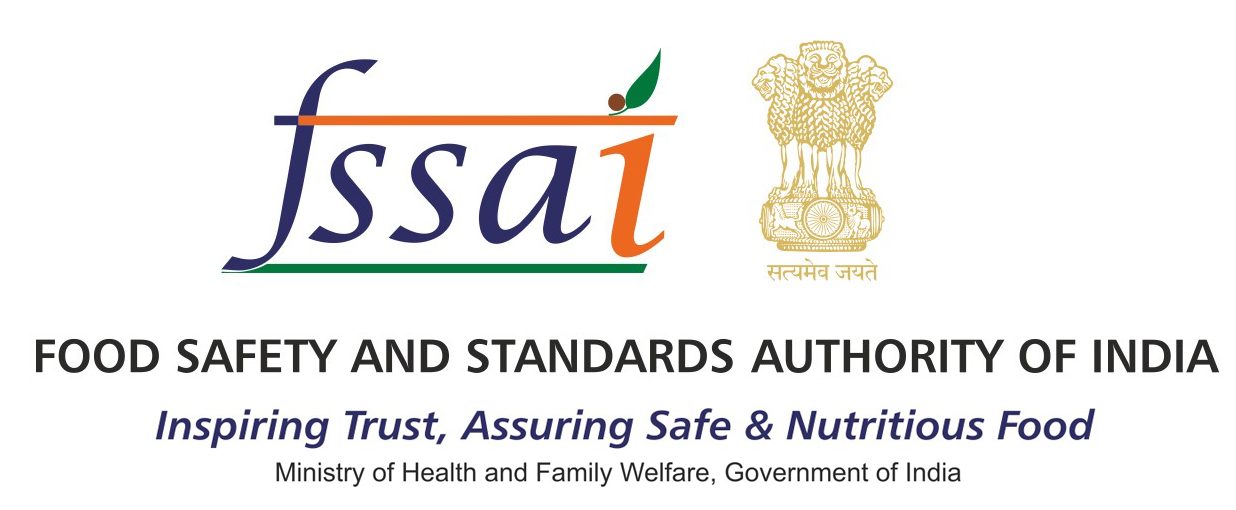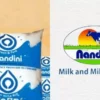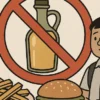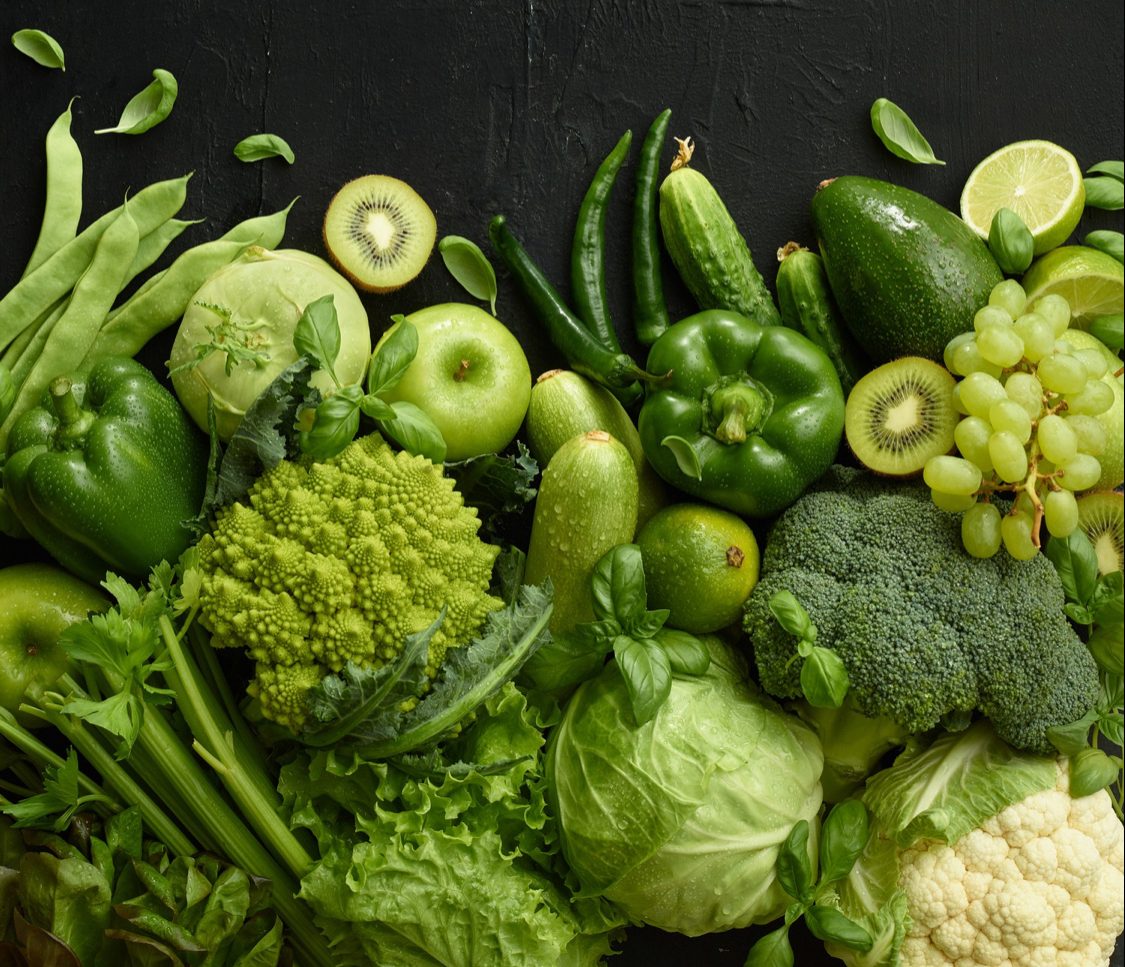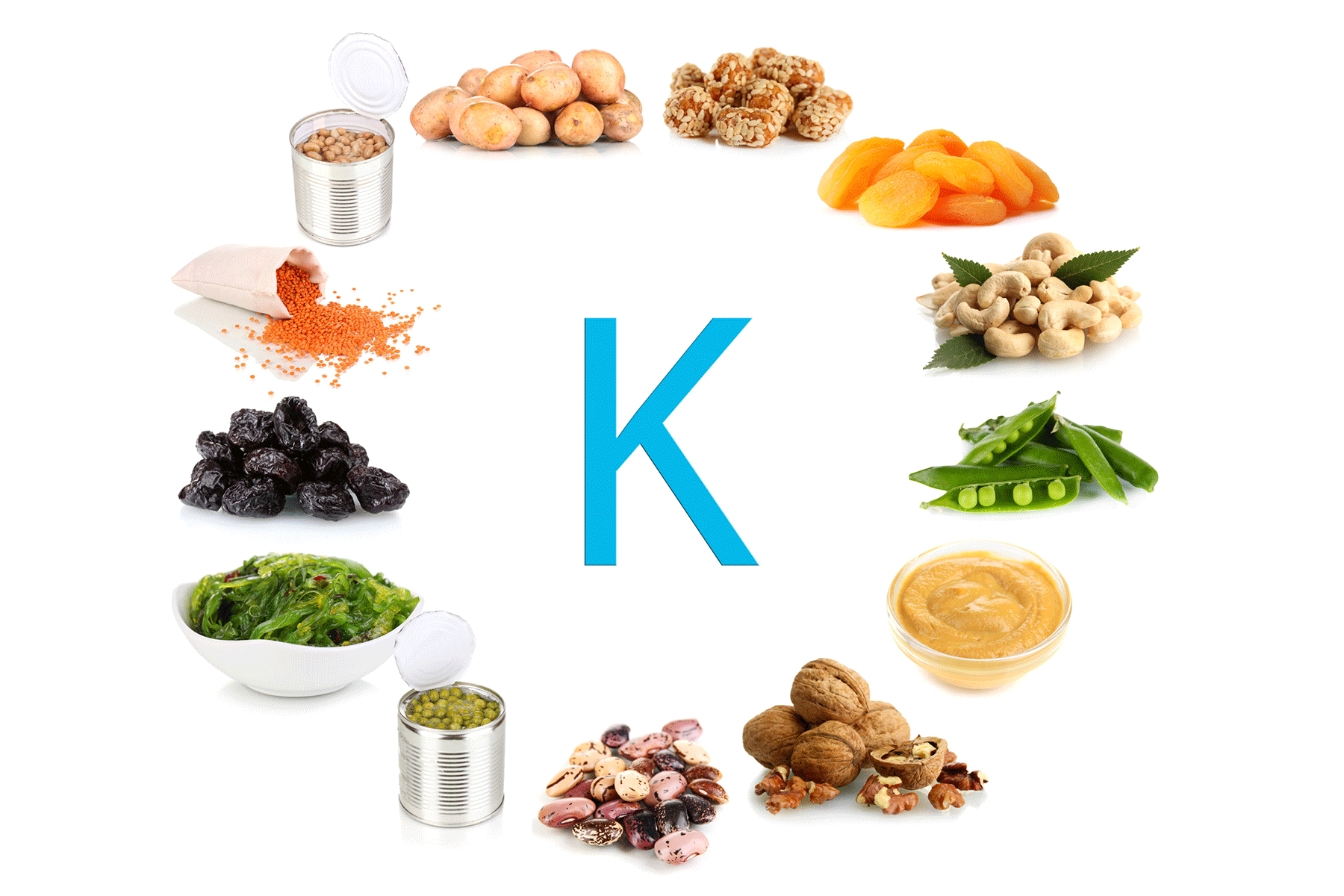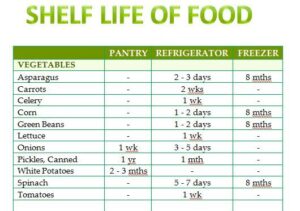
Shelf life in food refers to the time a product remains safe to consume and retains optimal quality. This duration depends on factors such as food type, storage conditions, and processing methods. Perishable foods like fresh produce, dairy, and meats typically have shorter shelf lives, while non-perishable foods like canned goods and dried foods can last much longer.
Two main factors determine the shelf life of food: safety and quality. Safety refers to the risk of contamination from harmful microorganisms, while quality encompasses the product’s taste, appearance, texture, and nutritional value. Over time, food products degrade, posing health risks and reducing consumer satisfaction.
Why Shelf Life Matters
Shelf life is essential for several reasons, including safety, quality, and economic impact.
- Safety: The most critical reason to understand shelf life is to prevent foodborne illnesses. As food ages, bacteria, mould, and yeast can contaminate it, leading to food poisoning. Products like meat and dairy typically have a “use-by” date, marking the last safe day to consume them.
- Quality: As time passes, food loses flavour, texture, and nutritional value. Fresh produce wilts, canned foods lose flavour, and dairy products sour. Even processed foods lose their freshness, making them less appealing.
- Economic Impact: Shelf life also significantly impacts economic efficiency. Perishable foods, which spoil quickly, generate high waste levels. In contrast, foods with longer shelf lives help reduce losses by being stored longer. By managing shelf life effectively, manufacturers and retailers can optimize product turnover, minimize waste, and increase profitability.
Factors Affecting Shelf Life
Several factors affect the shelf life of food products. These factors can be intrinsic (internal) or extrinsic (external):
- Intrinsic Factors:
- Moisture Content: Foods with high moisture content, such as meats, fruits, and vegetables, spoil faster due to microbial growth. Dry foods like pasta and rice last longer because of their low moisture.
- pH Levels: Acidic foods, such as pickles and citrus fruits, last longer because bacteria have difficulty growing in acidic environments.
- Fat Content: Fatty foods, like oils and dairy, are prone to oxidation, which leads to rancidity. Over time, oxidation creates unpleasant flavours and odours.
- Nutrient Content: Foods rich in vitamins, especially vitamin C, lose their nutritional value over time, impacting their health benefits and taste.
- Extrinsic Factors:
- Temperature: Proper temperature control is crucial for food preservation. Refrigerating or freezing perishables slows down microbial activity while storing foods at room temperature speeds up spoilage.
- Oxygen: Oxygen promotes oxidation, causing fats to spoil and some foods, like fruits, to brown. Packaging methods, such as vacuum sealing, can limit oxygen exposure, extending shelf life.
- Light Exposure: UV light degrades the quality of foods like dairy, oils, and certain vitamins. Packaging that blocks light helps preserve food quality.
- Humidity: Excess moisture encourages mould growth, while low humidity causes foods to dry out. Controlling humidity is vital for proper food storage.
Expiration Dates and Labeling
Food products typically have labels indicating their shelf life. Understanding these labels is important:
- Use-By Date: This date marks when the food is no longer safe to consume. After this date, the risk of foodborne illness increases, and the food should not be eaten.
- Best-Before Date: This date reflects when the food will be at its best quality. The food may still be safe to consume after this date but may lose flavour, texture, or nutritional value.
- Sell-By Date: This date is primarily for retailers, indicating when the product should be sold. Although the food may still be safe after the sell-by date, it is typically best consumed before this time for optimal quality.
- Expiration Date: Products like vitamins and medicines have an expiration date, marking the last day they are safe or effective to use.
Best Practices for Extending Shelf Life
To maximize the longevity of food and minimize waste, consumers should follow best practices for extending shelf life:
- Proper Storage: Store foods at the correct temperatures—perishable items in the fridge or freezer, and shelf-stable goods in cool, dry places. For example, keep canned goods in a pantry, while dairy should stay chilled.
- Vacuum Sealing: Vacuum sealing removes air, preventing oxidation and microbial growth. This method can significantly extend the shelf life of meats, cheese, and even some fruits.
- Sealed Containers: Use airtight containers for storing grains, cereals, and dried goods to protect them from moisture and pests.
- Use of Preservatives: Manufacturers often use preservatives to extend shelf life. However, natural preservatives like vinegar, sugar, or salt can also help preserve food. Methods like fermentation, canning, and pickling also extend the life of perishable foods.
 Food Manifest
Food Manifest 